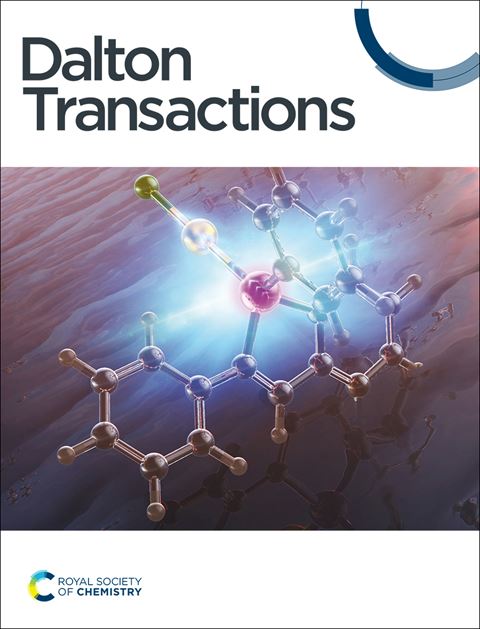MgO纳米颗粒修饰原位氮掺杂多孔碳杂化材料作为Li-S电池的先进硫宿主
IF 3.5
3区 化学
Q2 CHEMISTRY, INORGANIC & NUCLEAR
引用次数: 0
摘要
多孔碳与金属氧化物改性相结合,具有活性硫包封能力强、锂离子输运路径短、多硫化物捕获能力强等优点,在锂硫电池中具有广阔的应用前景。本文以废弃生物质百香果皮为灵感,通过水热处理和同步活化/碳化的方法,设计并构建了一种带有MgO纳米粒子装饰的原位氮掺杂多孔碳杂化材料。制备的多孔碳具有丰富的孔隙结构,比表面积高达2221.8 m2·g-1,主要由中孔和微孔组成。即使对MgO纳米颗粒进行了修饰,仍然保持了1063.2 m2·g-1的高比表面积,用于硫负载和电解质渗透。特别是富孔隙、适量MgO纳米颗粒和氮掺杂的组合,表现出良好的物理化学协同效应,可以很好地缓解多硫化物的穿梭溶解。当碳杂化材料作为硫主体进行评估时,优化后的电池在0.2℃下的初始放电容量为792.5 mAh·g-1,循环200次后的可逆容量为668 mAh g-1。此外,在1.0 C的高电流速率下,也实现了长达1000次的稳定长周期性能。本文章由计算机程序翻译,如有差异,请以英文原文为准。
MgO nanoparticles decorated in-situ nitrogen doping porous carbon hybrid materials as advanced sulfur host in Li-S batteries
Porous carbon combined with metal oxides modification shows great potential applications in lithium sulfur batteries due to these merits including high encapsulation capacity for active sulfur, short transport path for lithium ions and good trapping capability of lithium polysulfides. Herein, inspired by waste biomass passion fruit peels, an in-situ nitrogen doping porous carbon hybrid material with MgO nanoparticles decoration is designed and constructed via hydrothermal treatment and synchronous activation/carbonization method. The as-prepared porous carbon exhibits abundant pore structure with notably large specific surface area of 2221.8 m2·g-1, mainly consisting of meso- and micro-pores. Even with the MgO nanoparticles modification, a high specific surface area of 1063.2 m2·g-1 is still retained for sulfur loading and electrolyte penetration. Especially the combination of rich pores, moderate MgO nanoparticles and nitrogen doping exhibits good physicochemical synergistic effect for well alleviating the shuttle dissolution of polysulfides. When the carbon hybrid material is evaluated as sulfur host, the optimized battery delivers an initial discharge capacity of 792.5 mAh·g-1 at 0.2 C and a high reversible capacity of 668 mAh g-1 after 200 cycles. Besides, a stable long cycle performance upto 1000 cycles is also achieved at a high current rate of 1.0 C.
求助全文
通过发布文献求助,成功后即可免费获取论文全文。
去求助
来源期刊

Dalton Transactions
化学-无机化学与核化学
CiteScore
6.60
自引率
7.50%
发文量
1832
审稿时长
1.5 months
期刊介绍:
Dalton Transactions is a journal for all areas of inorganic chemistry, which encompasses the organometallic, bioinorganic and materials chemistry of the elements, with applications including synthesis, catalysis, energy conversion/storage, electrical devices and medicine. Dalton Transactions welcomes high-quality, original submissions in all of these areas and more, where the advancement of knowledge in inorganic chemistry is significant.
 求助内容:
求助内容: 应助结果提醒方式:
应助结果提醒方式:


